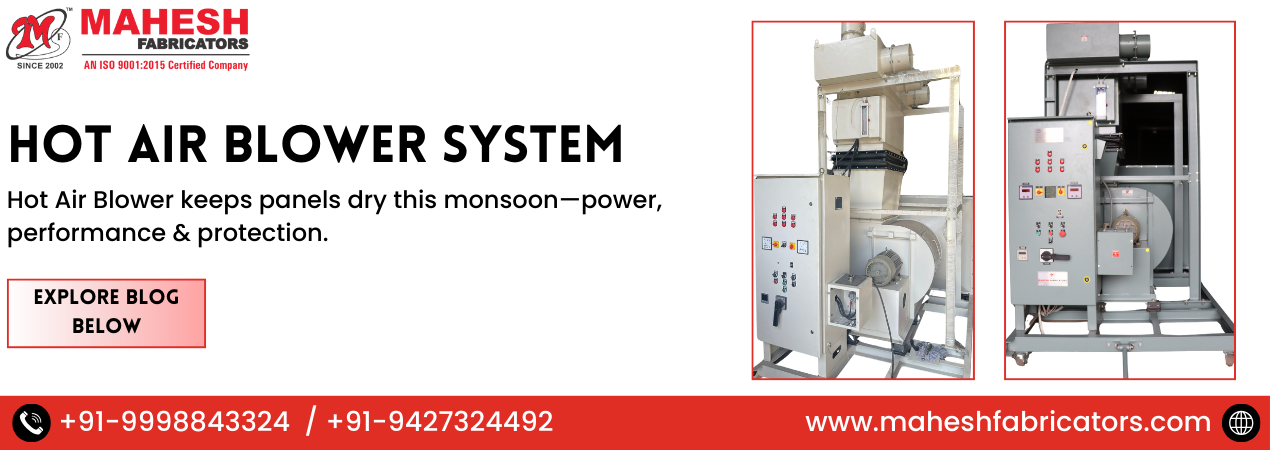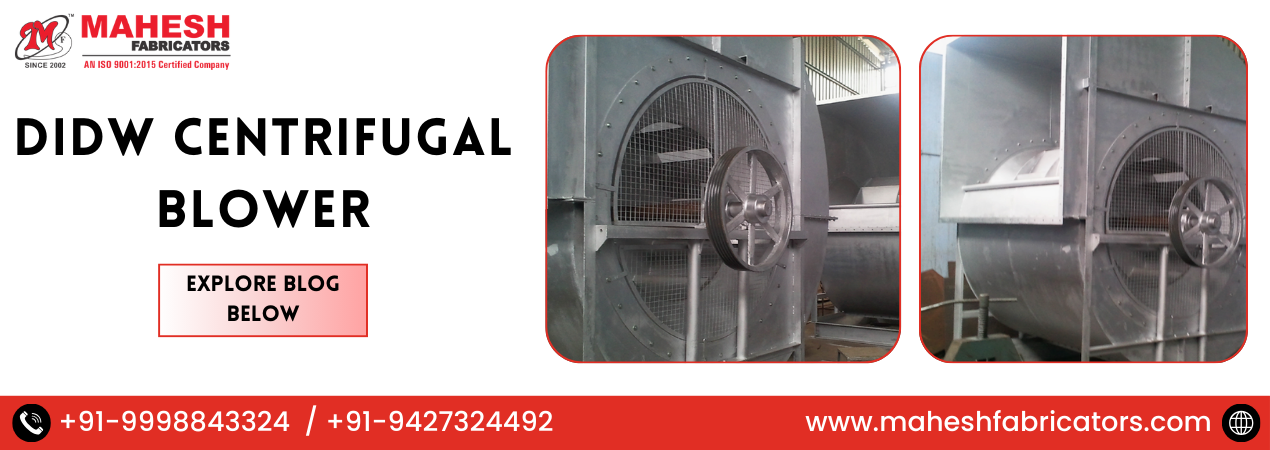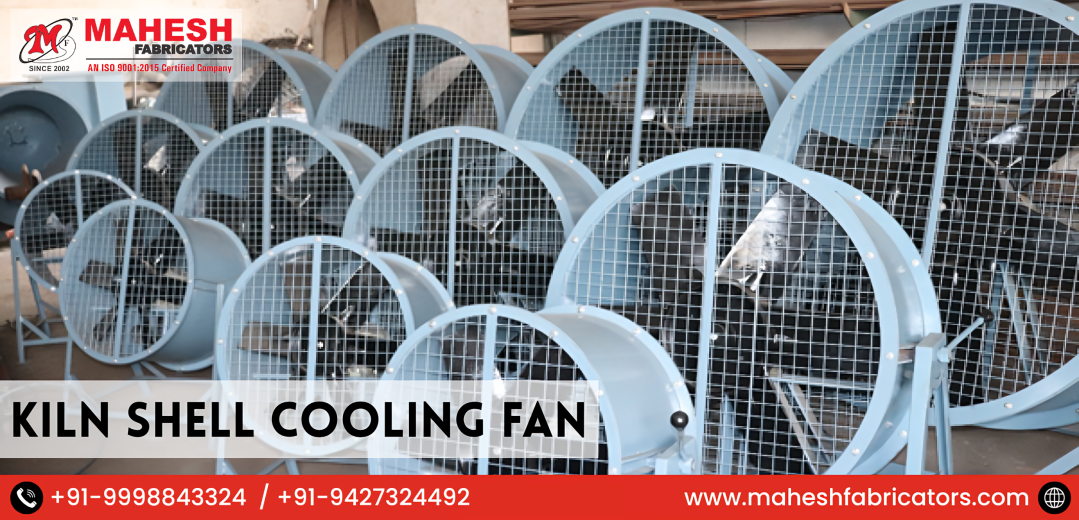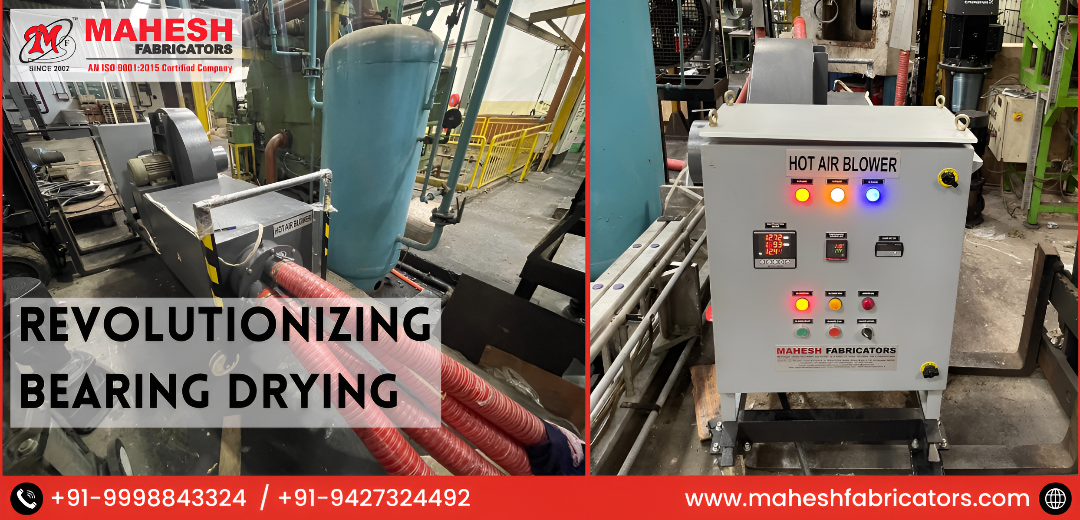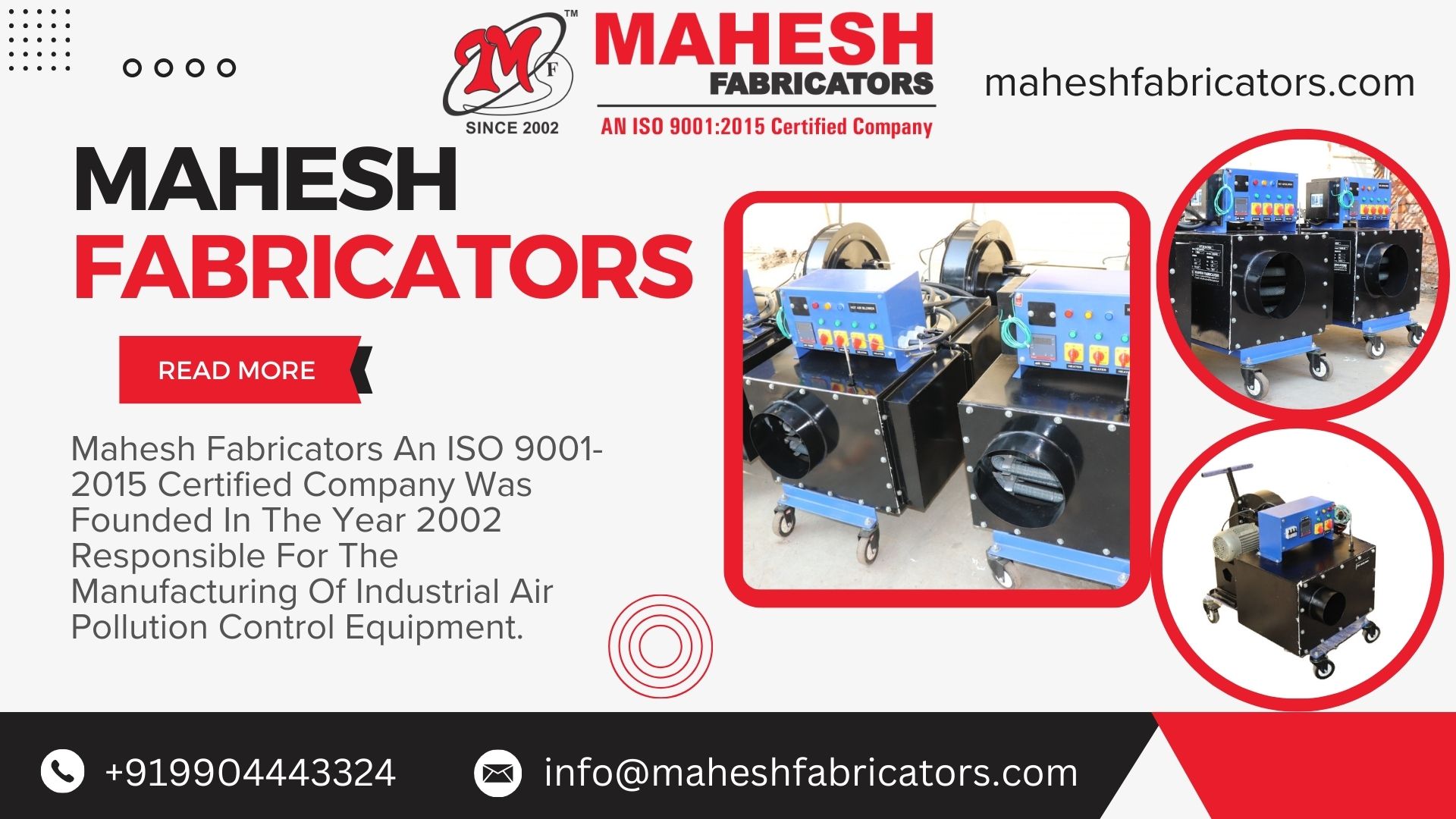
Hot Air Blower for PP Rafia Scrap Plastic: Efficient
Drying for Recycling
The recycling of polypropylene (PP)
raffia scrap plastic, commonly used in packaging, bags, and other products, is
crucial for sustainability. However, before this plastic can be recycled or
reprocessed, it must be properly dried. Hot air blowers play a vital
role in drying PP raffia scrap plastic by effectively removing moisture,
ensuring the material is ready for further processing. This article provides an
in-depth exploration of the use of hot air blowers in drying PP raffia scrap
plastic and their advantages in the recycling process.
1.
Introduction to PP Rafia Scrap Plastic
Polypropylene (PP) raffia is a woven
plastic used in various industries, especially for making flexible intermediate
bulk containers (FIBCs), sacks, and bags. These materials often accumulate as
scrap during production or after being used, making them ideal for recycling.
However, one major challenge in processing PP raffia scrap plastic is moisture
retention, which can affect the quality of the recycled material.
2.
The Role of Hot Air Blowers in PP Rafia Scrap Drying
Hot air blowers are essential tools
for removing moisture from PP raffia scrap plastic. The drying process
involves passing hot air over the material to evaporate any water, preventing
contamination during reprocessing. Using hot air blowers ensures that the
recycled PP raffia maintains its integrity and quality throughout the recycling
process.
Why
is Moisture Removal Important?
- Prevents Degradation: Moisture in PP raffia can
cause degradation of the plastic during extrusion or molding, leading to
poor-quality recycled products.
- Improves Efficiency: Removing moisture speeds up
the recycling process, reducing machine downtime caused by clogs or
interruptions.
- Enhances Product Quality: Dry PP raffia ensures better
consistency, strength, and durability in the final recycled plastic
products.
3.
Applications of Hot Air Blowers in PP Rafia Scrap Recycling
A.
Pre-Processing Drying
Before PP raffia scrap is fed into
recycling machines, it must be completely dry. Hot air blowers are used to dry
the scrap material immediately after washing to avoid moisture retention that
could affect the reprocessing.
B.
Drying After Shredding
In some recycling operations, PP
raffia scrap is shredded into smaller pieces before drying. Hot air blowers are
then used to ensure that each piece is completely moisture-free, making it
easier to process.
C.
Post-Recycling Drying
After PP raffia scrap has been
reprocessed into pellets or granules, hot air blowers can be used to ensure
that these new materials are dry and ready for further use in manufacturing.
4.
Types of Hot Air Blowers for PP Rafia Scrap Drying
A.
Industrial Centrifugal Blowers
Centrifugal blowers are ideal for
large-scale recycling operations that require high airflow pressure. These
blowers generate powerful streams of hot air, effectively drying large
quantities of PP raffia scrap.
B.
Portable Hot Air Blowers
Portable hot air blowers are a
versatile solution for smaller recycling plants or for operations that require
mobility. They can be moved easily to different parts of the plant and are
capable of drying smaller batches of PP raffia scrap.
C.
Axial Flow Hot Air Blowers
Axial flow blowers are commonly used
in open spaces where large volumes of air are required at lower pressure. These
are ideal for drying shredded or spread-out PP raffia scrap in open drying
areas.
5.
Key Benefits of Using Hot Air Blowers for PP Rafia Scrap
A.
Uniform Drying
Hot air blowers ensure that all
parts of the PP raffia scrap are evenly dried. This uniform drying is essential
for preventing moisture pockets that could affect the quality of the recycled
material.
B.
Energy Efficiency
Modern hot air blowers are designed
to be energy-efficient, consuming less power while still providing effective
drying. This reduces the operational costs of recycling facilities.
C.
Faster Processing Times
By using hot air blowers to remove
moisture quickly and efficiently, recycling plants can increase their
throughput, allowing them to process larger volumes of PP raffia scrap in less
time.
D.
Improved Product Quality
Drying PP raffia scrap ensures that
the recycled plastic is of higher quality, with fewer defects and a more
consistent output. This leads to better durability and usability in the final
recycled products.
6.
Challenges in PP Rafia Scrap Drying and How Hot Air Blowers Solve Them
A.
Moisture Retention in Woven Plastics
PP raffia is a woven plastic, which
means it has gaps and spaces that can easily trap moisture. Hot air blowers
penetrate these spaces, ensuring thorough drying of the material.
B.
Temperature Control
If the drying temperature is too
high, PP raffia scrap can melt or become damaged. Hot air blowers with precise
temperature controls prevent overheating, allowing the material to dry without
losing its structural integrity.
C.
Volume of Material
In large recycling plants, the sheer
volume of PP raffia scrap can be challenging to manage. Industrial-grade hot
air blowers with high airflow capacity ensure that even large batches of
material can be dried effectively and efficiently.
7.
Technological Advancements in Hot Air Blowers for PP Rafia Scrap Drying
A.
Smart Temperature Controls
Recent advances in hot air blower
technology have led to the development of smart temperature control systems.
These systems automatically adjust the blower’s output based on the moisture
levels and temperature requirements of the material, ensuring optimal drying
conditions.
B.
Energy-Efficient Motors
Modern hot air blowers are equipped
with energy-efficient motors that reduce power consumption while maintaining
high performance. This is particularly important for recycling operations
looking to minimize their environmental footprint.
C.
Modular Designs
Many hot air blowers are now
designed to be modular, allowing them to be customized and scaled up or down
depending on the size of the recycling operation. This flexibility is
beneficial for plants that need to adjust their processing capacity regularly.
8.
Maintenance Tips for Hot Air Blowers in PP Rafia Scrap Drying
A.
Regular Cleaning
To ensure optimal performance, hot
air blowers should be cleaned regularly to prevent dust, dirt, or other debris
from accumulating inside the system. This is especially important in recycling
plants where contaminants can build up over time.
B.
Inspection of Heating Elements
The heating elements in hot air
blowers should be inspected frequently for signs of wear or damage. Replacing
faulty elements can prevent disruptions in the drying process and extend the
lifespan of the blower.
C.
Monitoring Airflow
Maintaining proper airflow is
essential for efficient drying. Operators should regularly check the blower’s
airflow levels to ensure that they are providing adequate ventilation for the
drying material.
9.
Industry Applications of Recycled PP Rafia Scrap
Recycled PP raffia scrap has many
applications across various industries. Once dried and processed, it can be
turned into products like:
- Packaging materials: Recycled PP raffia is used to
produce new bags, sacks, and other flexible packaging products.
- Construction materials: Recycled PP can be used in
the construction industry to create sturdy, durable materials like plastic
boards and panels.
- Automotive components: Recycled PP raffia is
sometimes used to manufacture car parts like bumpers, trims, and interior
components.
FAQs
Q1:
Why is it important to dry PP raffia scrap before recycling?
Drying PP raffia scrap is crucial
because moisture can degrade the plastic during the recycling process, leading
to poor-quality recycled products and clogs in the recycling machinery.
Q2:
What types of hot air blowers are best for drying PP raffia scrap plastic?
Centrifugal blowers are ideal for
large-scale operations, while portable and axial flow blowers are suited for
smaller operations or drying larger surface areas of PP raffia scrap.
Q3:
Can hot air blowers be used for drying other types of plastic scrap?
Yes, hot air blowers are versatile
and can be used to dry various types of plastic scrap, including PET, HDPE, and
other polymers, by adjusting the airflow and temperature settings.
Q4:
How does moisture in PP raffia scrap affect the recycling process?
Moisture in PP raffia scrap can
cause defects during extrusion, reduce the efficiency of recycling machines,
and result in poor-quality recycled plastic products.
Q5:
Are modern hot air blowers energy-efficient?
Yes, modern hot air blowers are
designed with energy-efficient motors and smart controls that optimize drying
while minimizing power consumption, reducing operational costs.
Q6:
How can hot air blowers improve the quality of recycled PP raffia scrap
plastic?
By removing moisture, hot air
blowers ensure that the PP raffia scrap plastic retains its integrity during
recycling, resulting in stronger, more durable recycled products.
